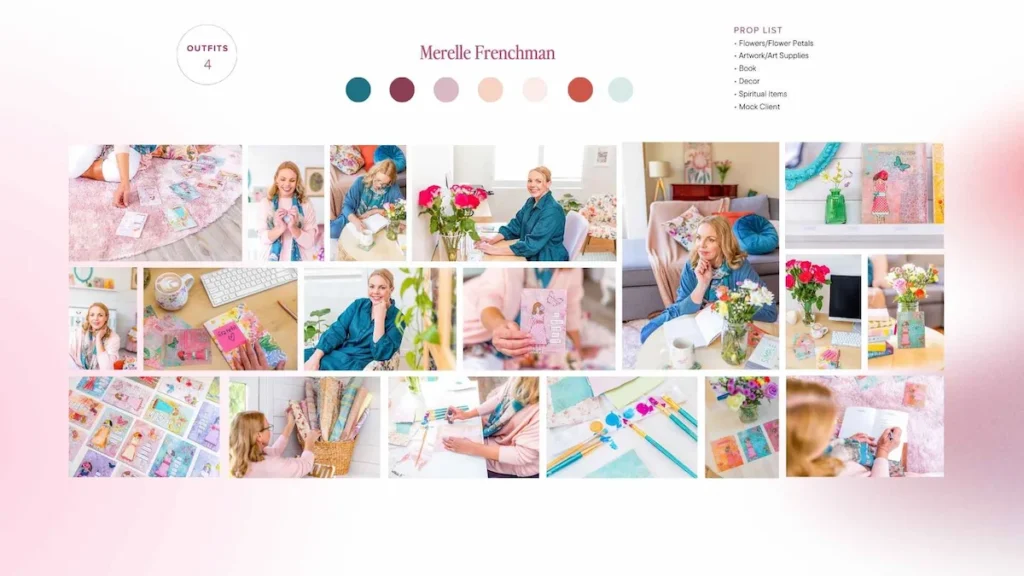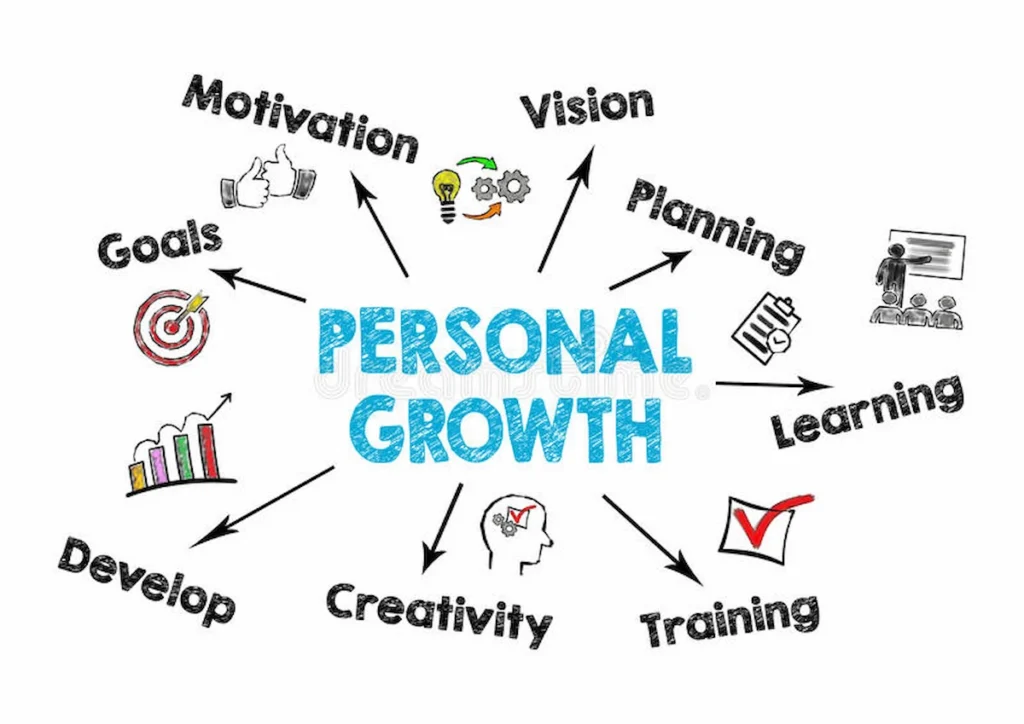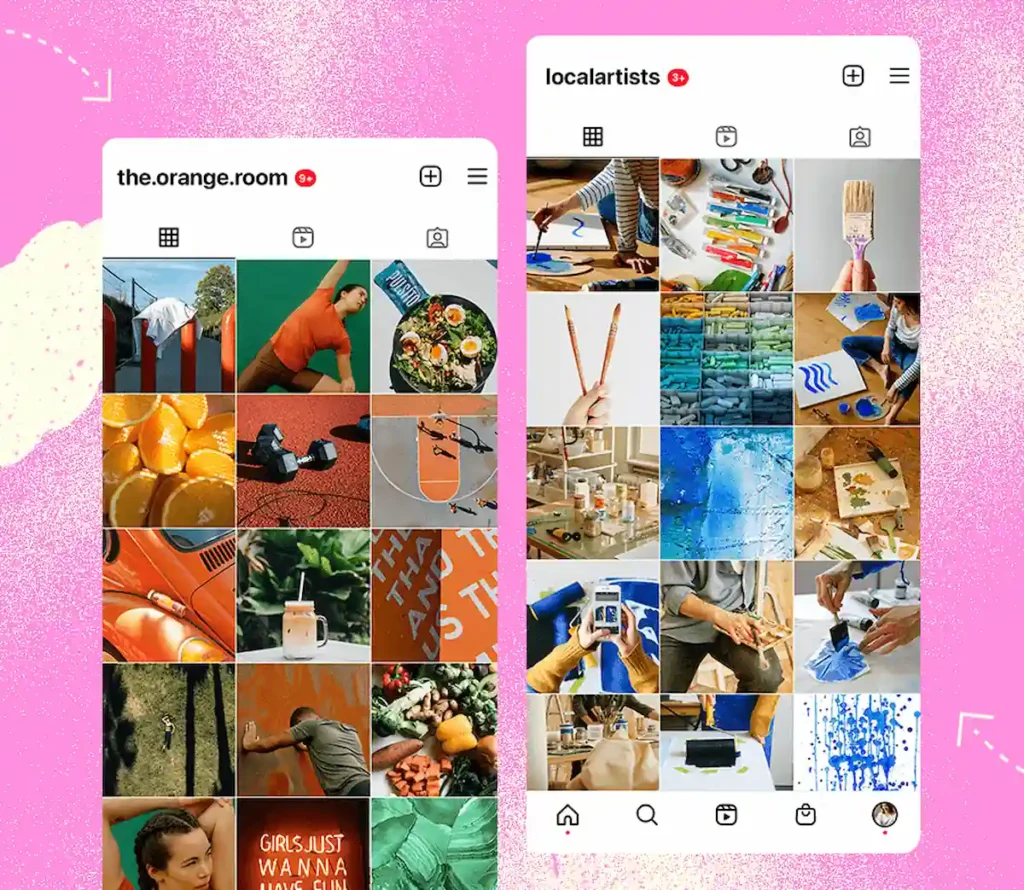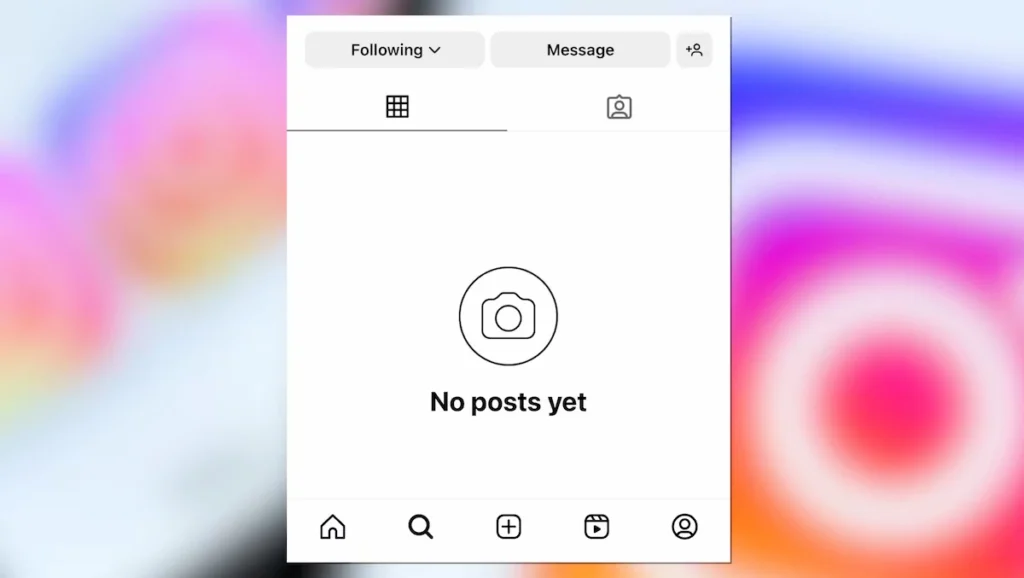Have you ever noticed Instagram profiles that suddenly look spotless, with months or even years of posts seemingly disappearing overnight? One day, your friend’s Instagram is packed with photos of trips, parties, and selfies. The next day? Only a few moody shots remain, and the rest of the history is gone. It’s not a glitch, and it’s not permanent deletion. The secret is the Instagram archive, a feature that has quietly become a favorite among Gen Z users.
By archiving posts, they can hide parts of their digital history, curate their online persona, and control how they appear to friends, followers, and even potential employers, all without losing the memories entirely.
This article explores how the Instagram archive reflects Gen Z’s evolving relationship with privacy, mental health, aesthetics, and self-expression online.
What Is the Instagram Archive?

The Instagram archive is a feature that lets users hide posts from their profile without deleting them forever. Introduced in 2017, it quickly appealed to younger users who wanted more control over their digital footprints.
Unlike deleting, archiving moves content to a private folder that only the account owner can access, preserving memories while granting full control over what appears publicly. It’s a simple yet powerful way to manage a digital presence, curate your feed, and decide which moments you want the world to see.
Why Gen Z Is Turning to Archiving
Gen Z isn’t just scrolling through Instagram; they’re actively curating it. A growing trend, known as Grid Zero (when a user’s profile grid is intentionally left blank by archiving all posts), shows users archiving or hiding all their posts, creating a clean slate for their profiles. Archiving gives them full control over how their online identity is presented while keeping their past content safely stored.
Curating a Personal Brand

Growing up deeply embedded in social media, Gen Z is exceptionally aware of its digital footprint. According to PR Daily, 67% of U.S. Gen Z adults believe it’s important to have a strong personal brand compared to just 51% of Millennials and 40% of U.S. adults overall. This heightened focus is fueled not only by influencing culture but also by economic factors. Having grown up amid economic uncertainty, Gen Z sees a visible, professional online presence as a crucial tool for career mobility.
To reflect who they are now, not who they were, Gen Zers actively archive posts that no longer align with their evolving interests, aesthetics, or goals. This process supports a thoughtfully crafted online narrative. Similarly, many Instagram creators adapt their visuals and captions strategically to maintain engagement and present an identity that evolves as they do.
Mental Health and Digital Wellbeing

Old posts can trigger stress, embarrassment, or unhealthy comparisons. By archiving content, Gen Z can declutter their profiles, creating a safer and more positive online space. For many, archiving feels like cleaning up emotional clutter, not just digital clutter. This practice supports mental health by reducing exposure to content that no longer reflects their current mindset.
A study conducted by the McKinsey Health Institute surveyed 42,000 respondents across 26 countries and found that Gen Z reported the poorest mental health across all age groups. Researchers also noted a strong correlation between heavy social media use and increased reports of anxiety, loneliness, and depression among this group.
Privacy in the Age of Screenshots

Even on a public platform, privacy matters. Archiving offers a buffer against unwanted attention or judgment, allowing users to control what others see while preserving memories for themselves. It’s a subtle but effective way to manage personal content in a world where screenshots and resharing are commonplace.
A study published in the Journal of Computer-Mediated Communication examined how platforms can influence privacy perceptions and management by implementing features that increase accountability for screenshot collection and sharing. The research found that when platforms provide users with more control over their content and its visibility, it can lead to a greater sense of privacy and security.
This aligns with the behavior of Gen Z users who utilize Instagram’s archive feature to manage their digital presence and protect their privacy.
These findings underscore the importance of tools like Instagram’s archive feature, which allow users to take control of their digital presence and protect their privacy in an age where screenshots can easily compromise it.
Personal Growth

As people mature, their tastes, values, and priorities naturally evolve. Archiving older posts gives them the freedom to update their online presence so it reflects who they are now, not who they were years ago. People often curate their social media to “manage impressions” and align with their current self-concept, especially during major life transitions.
This process isn’t about denying the past; it’s about making sure their profile feels relevant and authentic to the person they’ve become. Whether it’s moving on from outdated aesthetics or distancing from old opinions, archiving offers a way to evolve publicly while maintaining control over their digital narrative.
As Gen Z updates their online identity to reflect who they are today, it’s not just about the content; it’s also about how it looks. The visual presentation of a profile has become just as important as the story it tells.
Aesthetic Curation

Gen Z isn’t just looking for a clean feed; they’re crafting one. Minimalist aesthetics like the “clean girl” trend and curated Instagram photo dumps aren’t just looks, they’re statements. Profiles are built like mood boards, carefully composed, visually consistent, and tailored to reflect identity.
Gen Z highly values minimalist design elements, especially white space, neutral color palettes, and simple typography, all considered more visually appealing and coherent by this generation. These align with the visual language of Gen Z’s feeds: airy, subdued, and carefully arranged.
By archiving posts that no longer fit this aesthetic, users aren’t erasing their past; they’re aligning their feeds with a cohesive and thoughtfully curated visual identity.
But even with a perfectly curated feed, maintaining a digital presence comes with its challenges. Years of scrolling, posting, and comparing have led many Gen Z users to experience social media fatigue, making strategic archiving a tool for both aesthetics and mental relief.
Social Media Fatigue

After years of constant posting, scrolling, and algorithm-chasing, many Gen Z users are feeling drained. The shift is clear: the endless feed isn’t as exciting as it once was, and the focus has moved from how much you post to what you post.
A 2024 Harris Poll surveyed 1,006 Gen Z adults (ages 18–27) and found that 81% have taken steps to limit their social media usage, highlighting widespread digital fatigue. Many users reported deleting apps, muting accounts, or setting self-imposed time limits to reduce the mental load of constant online engagement.
Generation Z users experience burnout due to information overload, social comparison, and the prevalence of misinformation. Despite feeling disengaged, many express an inability to fully disconnect because of “fear of missing out” (FoMO). Archiving becomes part of the solution, letting users scale back without disappearing, keeping profiles active but meaningful. In a world of constant noise, less is starting to feel like more.
How Archiving Reflects Broader Gen Z Social Media Trends

Archiving isn’t just about cleaning up a grid; it’s Gen Z’s way of reclaiming control over their ever-evolving digital identity. Rather than presenting a static ‘then and now,’ they want their online space to feel current, genuine, and visually harmonious.
Take this vivid example from a Mel Magazine essay: the author archives a regrettable party photo from Lollapalooza, not to erase it, but to “clear toxic energy” without losing the memory entirely. The archive serves as a digital sage storing yesterday’s mess now, so only today’s narrative shows.
This behavior captures several core impulses:
- A refusal to delete history outright because growth matters.
- A preference for intentional storytelling over accidental oversharing.
- A belief that your feed should reflect who you are, not who you were.
In short, it’s not about hiding, it’s about choosing what defines you in the moment.
The Bigger Picture: What the Instagram Archive Says About Gen Z

Gen Z’s embrace of the Instagram archive isn’t just a quirky posting habit; it’s a quiet revolution in how we use social media. They’re proving that you can be visible without being vulnerable, and that online presence can be as much about curation as creation. By balancing privacy, personal growth, and aesthetics, they’re rewriting the rules of digital identity.
As Gen Z continues to redefine online presence, the Instagram archive may become a standard feature across platforms. Have you ever used the archive feature to start fresh? Tell us how it shaped your digital presence in the comments below. Your experience might inspire someone else to rethink their own feed.
FAQs About Instagram Archive
1. Is using the archive feature the same as deleting posts?
No. Archiving hides posts from your public profile but keeps them in a private folder that only you can see. You can restore them at any time.
2. Why do Gen Z users prefer archiving over deleting?
Archiving allows them to curate their online persona without losing memories. It supports personal growth, mental health, and aesthetic consistency.
3. Can archived posts still be seen by followers or through search?
No. Once archived, posts are private and do not appear on your profile, in feeds, or in search results. Only you can access them.
4. Does archiving affect Instagram engagement metrics?
Yes. Archived posts no longer contribute to likes, comments, or overall engagement on your public profile, which can be useful for managing a curated feed.
5. Is archiving linked to mental health benefits?
Many users report that archiving helps reduce social media stress, minimize negative comparisons, and declutter their digital space, supporting emotional well-being.





0 Comments